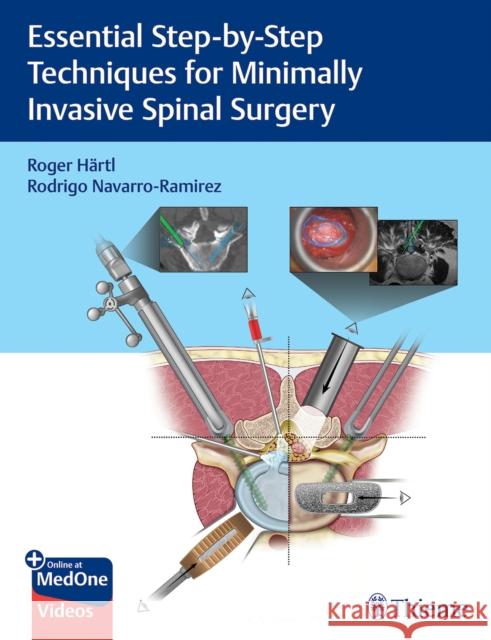Essential Step-By-Step Techniques for Minimally Invasive Spinal Surgery » książka
topmenu
Essential Step-By-Step Techniques for Minimally Invasive Spinal Surgery
ISBN-13: 9781684200092 / Angielski / Twarda / 2022 / 468 str.
Kategorie BISAC:
Wydawca:
Thieme Medical Publishers
Język:
Angielski
ISBN-13:
9781684200092
Rok wydania:
2022
Ilość stron:
468
Oprawa:
Twarda
Wolumenów:
01
Dodatkowe informacje:
Bibliografia











